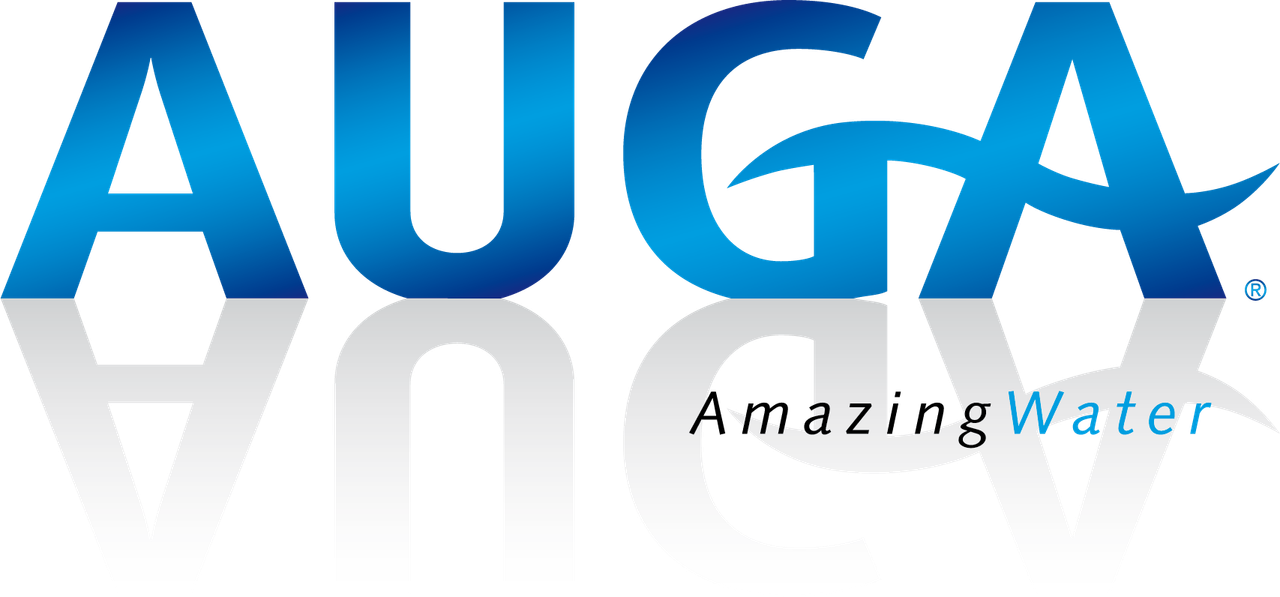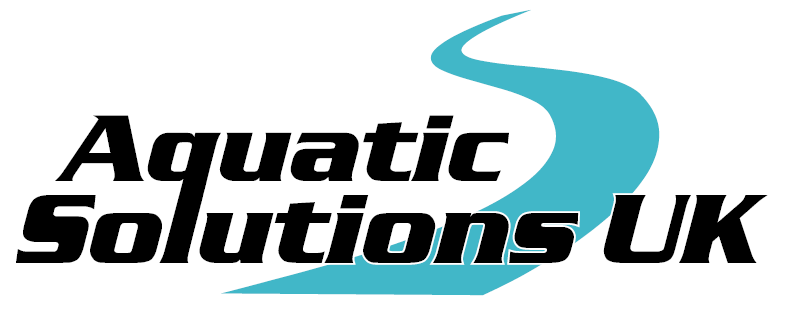F4ST A Holistic Approach to Lake and Catchment Management

F4ST: Beyond In-Lake Testing
F4ST goes beyond simple water testing by incorporating catchment source point loadings into its analysis, ensuring that nutrient inputs from surrounding areas are identified and effectively managed.
Key Components of F4ST:
- Catchment Source Analysis – Identifies both point-source (e.g., sewage outflows) and diffuse-source (e.g., agricultural runoff) nutrient contributions.
- Sediment Density & Depth Testing – Determines phosphorus release potential from sediments, identifying areas where internal loading exacerbates external inputs.
- Macrophyte Mapping – Tracks aquatic vegetation growth, highlighting invasive species and overgrowth hotspots.
- Benthic Mapping – Monitors benthic activity, locations, and depths to understand sediment interactions.
- Water Chemistry Analysis – Provides seasonal insights into chemical composition and water quality.
- Sediment Analysis – Maps overall nutrient loading, integrating bathymetry and vegetation data for informed management decisions.
By evaluating both seasonal lake dynamics and external catchment inputs, F4ST offers a comprehensive, long-term framework for effective lake management.
Managing Catchment Nutrient Inputs
Nutrient pollution from agricultural runoff, urban stormwater, and wastewater discharges can significantly impact lake health.
F4ST enables targeted interventions to mitigate these issues, including:
- Nutrient Reduction Strategies – Implementing buffer strips, wetland restoration, and other best management practices (BMPs) to filter nutrients before they enter the lake.
- Hydrological Modelling – Using data analysis tools to predict seasonal nutrient transport patterns.
- Catchment Management – Optimising external nutrient reduction efforts for maximum impact.
Phoslock®: Targeted In-Lake Phosphorus Remediation
While managing external nutrient inputs is essential, addressing phosphorus already present in the lake is equally critical. Phoslock® provides a proven solution by:
- Permanently Binding Phosphorus – Locking phosphorus in sediments to prevent internal loading, eutrophication, and cyanobacterial blooms.
- Improving Water Clarity – Reducing phosphorus availability to inhibit excessive algal growth.
- Eco-Friendly Application – A safe and effective solution that supports biodiversity while delivering long-term water quality improvements.
By integrating
F4ST’s sediment density analysis and macrophyte mapping, Phoslock® applications can be precisely targeted to high-risk areas.
The Power of Integration: F4ST + Phoslock®
The synergy between F4ST and Phoslock® enables lake managers to tackle both external and internal nutrient challenges effectively:
- Data-Driven Decisions – Identifying high-risk nutrient sources for precise remediation.
- Seasonal Insights – Addressing nutrient fluctuations before they lead to algae blooms.
- Sustainable Management Plans – Combining catchment management with phosphorus remediation for long-term water quality improvements.
Conclusion
F4ST’s holistic approach—integrating catchment source analysis, sediment testing, and macrophyte mapping—makes it an essential tool for modern lake management.
Paired with Phoslock®’s advanced phosphorus remediation technology, these solutions empower lake managers to maintain ecologically balanced, visually stunning water bodies year-round.
"Take control of your lake’s health by addressing challenges at their source—both within the lake and across its catchment—using F4ST and Phoslock®.
Together, they provide the tools you need to create lakes that thrive in every season!"
Damian Whelan,
Director of Phoslock Water Solutions (UK) Limited
Damian has over 28 years’ experience within the global Water industry, and is responsible for the effective delivery of solution led services, environmental consultancy and technology for both UK & international businesses operating in the regulated utility, private and environmental water sectors.





















